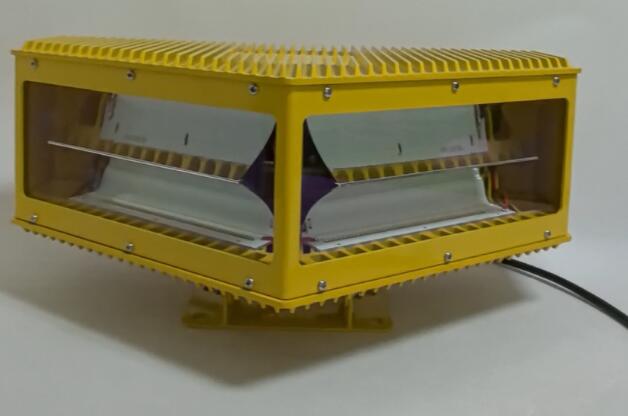Illuminating the Skies: The Critical Role of FAA Tower Lighting in Aviation Safety
FAA tower lighting systems serve as the visual backbone of America's air traffic infrastructure, providing essential guidance to pilots and ensuring safe navigation around critical structures. These sophisticated lighting solutions combine regulatory precision with advanced technology to create a standardized visual language understood by aviators nationwide. From rural communication towers to urban skyscrapers, FAA tower lighting maintains the delicate balance between aviation safety and environmental considerations.
The Science Behind FAA Lighting Standards

Modern FAA tower lighting incorporates precise engineering specifications:
Color spectrum accuracy (618-620nm for red obstruction lights)
Flash pattern synchronization (30-40 flashes per minute for medium intensity)
| FAA Tower Lighting |
Luminosity gradation (20-200,000 candela based on structure height)
Beam angle optimization (10-360 degree coverage requirements)
Regulatory Framework and Compliance
| FAA Tower Lighting products |
The FAA's comprehensive lighting standards include:
AC 70/7460-1L: Primary guidance for obstruction lighting
FAR Part 77: Standards for objects affecting navigable airspace
14 CFR Part 139: Certification requirements for airport lighting
TSO-C96: Technical standards for obstruction light equipment
Primary FAA Tower Lighting Configurations
Low-Intensity Lighting Systems
FAA L-810 red lights for structures <150ft
Steady-burning or flashing options
Typical applications: small towers, buildings near airports
Medium-Intensity Solutions
L-864 (red) for nighttime use
L-865 (white strobe) for daytime visibility
Required for structures 150-500ft AGL
High-Intensity Systems
L-856 white strobes for tall structures
Dual lighting requirements >500ft
Synchronized flash patterns across multiple towers
Technological Innovations in FAA Lighting
Recent advancements include:
Solid-state LED systems with 10+ year lifespans
Aircraft Detection Lighting Systems (ADLS) for reduced light pollution
Wireless monitoring networks for real-time status reporting
Ice-resistant optical assemblies for northern climates
Solar-hybrid power systems for remote locations
Installation Best Practices
Proper FAA tower lighting implementation requires:
Obstruction evaluation using FAA Form 7460-1
Light spacing calculations based on structure dimensions
Photometric verification of installed systems
Glare mitigation planning for nearby communities
Redundant power solutions for critical installations
Maintenance and Inspection Protocols
Critical maintenance procedures include:
Monthly visual inspections
Quarterly photometric testing
Annual electrical system verification
Immediate replacement of failed units
Continuous remote monitoring where available
Environmental and Community Considerations
Modern FAA lighting addresses ecological concerns through:
Dark Sky-compliant designs
Wildlife-friendly spectra
Adaptive dimming technology
Directional light control
Radar-activated operation
Special Applications and Case Studies
Notable implementations include:
Chicago's Willis Tower lighting system
Wind farm obstruction lighting in Texas
Offshore oil platform lighting solutions
Mountain-top communication tower installations
Future Developments in Tower Lighting
Emerging technologies include:
Li-Fi enabled visual communications
AI-powered predictive maintenance
Holographic obstruction markers
Integrated UAV detection systems
Self-cleaning optical surfaces
FAA tower lighting represents a critical intersection of regulatory oversight and technological innovation in aviation safety. As airspace becomes increasingly crowded with both manned and unmanned traffic, these lighting systems will continue to evolve while maintaining their fundamental mission: preventing collisions and protecting lives. The future of FAA tower lighting lies in smarter, more efficient systems that enhance safety while minimizing environmental impact - a challenge the aviation industry continues to meet with innovative solutions.
